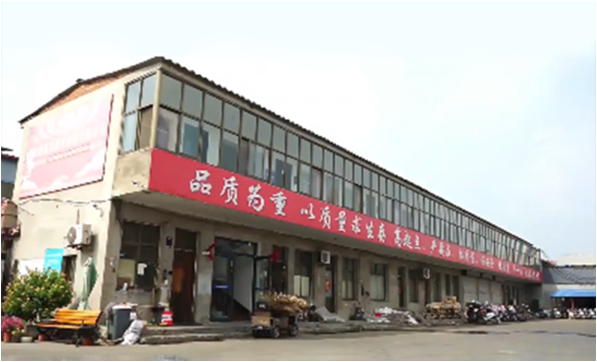Lis . 29, 2024 16:24 Back to list
M8 x 1.25 Threaded Rod Specifications and Applications for Various Projects
Understanding M8 x 1.25 Threaded Rods Applications and Characteristics
Threaded rods are essential components in various engineering and construction applications, providing strong and reliable connections between different elements. Among the different sizes and types of threaded rods available on the market, the M8 x 1.25 threaded rod is particularly popular due to its versatility and robust nature.
What Does M8 x 1.25 Mean?
To understand the specifications of the M8 x 1.25 threaded rod, it’s important to break down the designations. The M denotes that it is a metric thread, which is commonly used in many countries around the world. The 8 refers to the nominal diameter of the rod in millimeters, indicating that the rod has a diameter of 8 mm. The 1.25 symbolizes the pitch of the thread, measured in millimeters, representing the distance between threads. In this case, the distance between adjacent threads on the rod is 1.25 mm.
Material and Strength
M8 x 1.25 threaded rods are typically made from various materials, including stainless steel, carbon steel, and nylon. Stainless steel variants are favored for their resistance to corrosion and rust, making them suitable for outdoor applications or environments where moisture is present. Carbon steel rods, often coated with zinc for added protection, deliver high tensile strength, making them ideal for heavy-duty applications. The choice of material significantly impacts the strength, weight, and cost of the threaded rod, so selecting the right one based on environmental factors and load requirements is crucial.
Applications of M8 x 1.25 Threaded Rods
The M8 x 1.25 threaded rod is widely used in multiple applications across various industries. Here are some of the most common uses
1. Construction and Structural Support In construction, threaded rods are used to secure structural elements like beams and columns. They are often combined with nuts and washers to create strong, adjustable connections capable of withstanding high loads.
m8 x 1.25 threaded rod

2. Manufacturing In the manufacturing sector, M8 x 1.25 rods are utilized for assembling machinery and equipment. Their strength is critical for maintaining the integrity of the assembly under operational stresses.
3. Automotive In the automotive industry, these threaded rods can secure various components, including engine parts and chassis elements, contributing to the robustness and reliability of vehicles.
4. Furniture Assembly Many modern furniture designs utilize threaded rods for easy assembly and disassembly. The strong connection provided by the M8 x 1.25 rod ensures that furniture pieces remain stable and functional over time.
5. DIY Projects Home improvement enthusiasts often use M8 x 1.25 threaded rods in various DIY projects for their strength and versatility. Whether it’s building custom shelving, creating a workbench, or fabricating unique functional art pieces, these rods provide the necessary support.
Installation and Handling
Installing an M8 x 1.25 threaded rod typically involves drilling a hole of the appropriate size, inserting the rod, and securing it with nuts and possibly washers. When installing, it’s crucial to consider the load that the rod will bear and ensure that the connection is tight to avoid any loosening over time. Proper handling and installation techniques can greatly enhance the longevity and performance of the threaded rod.
Conclusion
The M8 x 1.25 threaded rod stands out as a critical fastener in a variety of applications, ranging from construction and manufacturing to DIY projects. Understanding its characteristics—such as diameter, pitch, material options, and applications—can aid engineers, manufacturers, and hobbyists in selecting the right components for their specific needs. By appreciating the role that such fasteners play, users can ensure their projects are built on solid foundations, ultimately leading to successful and durable results. Whether you are a professional in the field or a DIY enthusiast, the M8 x 1.25 threaded rod is an indispensable tool in the realm of fastening solutions.


